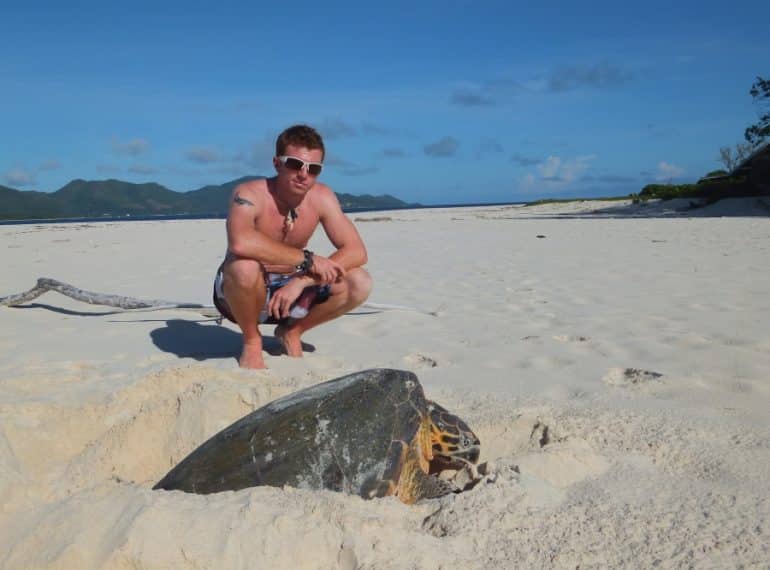
Founder’s Day saw the revival of an old QE tradition – a cricket match between the current First XI and an old boys’ team.
The match was last played regularly in the early 20th Century, although it was revived in 1984 for one year only as a retirement ‘gift’ to former pupil and master, Eric Shearly (1920-2005).
Revived permanently by the Headmaster, the match is now to be known as the Stanley Busby Memorial Match, in honour of Mr Busby, who was a QE parent and also a Governor from 1989-2011. His widow, Margaret, was among the VIP guests on the day.
On this, the first time the match has been played in the 21st century, spectators enjoyed a thrilling 30-over game, with the School team emerging as narrow winners.
The OE team – who were mainly in their late twenties and organised by Nick Jones (OE 1996-2004) – batted first. They set a target of 169, losing four wickets and ending their innings with Nick on 95 not out. In reply, aided by Sebastian Feszczur-Hatchett’s 52, the First XI amassed a similar total, winning the match with a four off the last ball of the day, finishing on 171-5.
Cricket remains a strength at QE. In recent times, teams from Years 7 and 8 have both won the Middlesex Cup, overcoming strong opposition from the best of independent and state schools. And, for the first time, the School this year played host to the Read Trophy – a mini tournament involving QE and three Lancashire schools.
Nick Jones manifested a passion for both sport and science, especially biology, while still at the School. But he believes that when he joined QE in 1996, few would have thought it possible that he would end up as a marine biologist working in remote locations worldwide.
“Yet here I am some 16 years on, working in a very different career to the majority of other QE alumni. I thoroughly enjoyed my time at QE. A biological interest, combined with a love for the sea, led me to enrol in Marine Biology at Southampton. I become increasingly fascinated with the marine world and after completion of my Master’s degree in 2009, I was awarded a scholarship for an internship at the Bermuda Institute of Ocean Sciences to work in the coral reef ecology department.
“Coral reefs are some of the most threatened habitats in the world, as well as some of the most colourful and diverse. Unsurprisingly, I had no desire to move back to the UK and I got the opportunity to establish a new coral reef research programme for the research and conservation company Blue Ventures in Belize, Central America, after finishing my internship.
“Living and working on a desert island in the Caribbean Sea is a magnificent thing, and some of the wildlife I encountered made for awe-inspiring occasions, from swimming with colourful reef fish, endangered manatees and turtles, to sharing the water with potentially dangerous sharks and crocodiles.
“Sharks were what got me into marine biology in the first place, and when I was offered the opportunity to study Great White Sharks in South Africa it was too good to turn down. The waters just off Cape Town contain the highest number of Great Whites in the world. Despite being one of the most feared animals on the planet, they are very poorly understood and incredibly endangered, with estimates of as few as 3,500 individuals left worldwide. Working with wild animals that can get to over 20 feet in length and weigh over a tonne presents its own challenges: caution is needed in even the most simple situations, but the sight of a Great White in the wild is one of nature’s greatest, and working so closely with them was a dream job.
“However, warmer waters and the lure of diving on coral reefs in remote environments were too great and I was drawn to the Seychelles, working on a cutting-edge project to grow coral reef on large artificial reefs to attempt to replenish the depleted coral reefs of the region. Living on an island that had five times as many giant tortoises as people was incredibly surreal, with regular interruptions by nesting Hawksbill turtles. This long-term project could be a key point of reference to save coral reef environments in the coming years.
“After spending three years in the field I have now returned to England to work for the Environment Agency,” Nick concluded. “One advantage of being back in England is that I could get back into playing cricket. It was a pleasure to be back at the School which got me interested in science and set me on my way around the world.”
- Nick’s photograph here shows him in the Seychelles with a hawksbill turtle.
